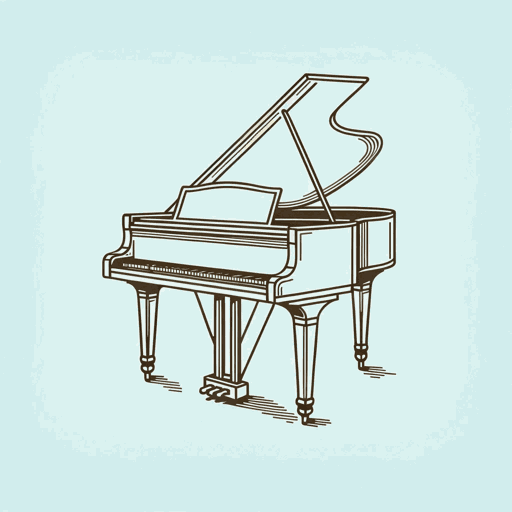36 pages • 1 hour read
Władysław SzpilmanThe Pianist
Nonfiction | Autobiography / Memoir | Adult | Published in 1946A modern alternative to SparkNotes and CliffsNotes, SuperSummary offers high-quality Study Guides with detailed chapter summaries and analysis of major themes, characters, and more.
Chapters 1-3Chapter Summaries & Analyses
Chapter 1 Summary: “The Hour of the Children and the Mad”
Before Chapter 1 opens, Władysław Szpilman’s son, Andrej Szpilman,composes a Foreword reflecting on his father’s musical accomplishments. He expresses regret that his compositions are not more well-known and connects this lack of recognition to that surrounding the memoir itself. It was first published in 1946 and not again published until 1999, as “the political authorities had their reasons”for suppressing it (9).
Chapter 1 gives an overview ofWładysław’s day-to-day experience in the Warsaw ghetto from roughly 1940 to 1942. He resides with his parents, two sisters (Halina and Regina), and brother (Henryk). He works as a pianist at a series of cafés, starting at Café Nwoszesna, where his playing goes largely unappreciated by the loud, wealthy clientele. He moves on to an unnamed café on Sienna street and then to the Sztuka. In both of these cafes, Szpilman establishes his “artistic reputation” as a pianist to a more welcoming crowd(15). He also becomes acquainted with many artists and creative personalities, such as the painter Roman Kramsztyk, with whom he spends many evenings.
While a small population of wealthy Jews frequent the cafes, abject poverty abounds outsides of them. Smuggling operations are very common, with adults tossing items over the wall enclosing the ghetto and children feeding items through the space beneath the wall.

